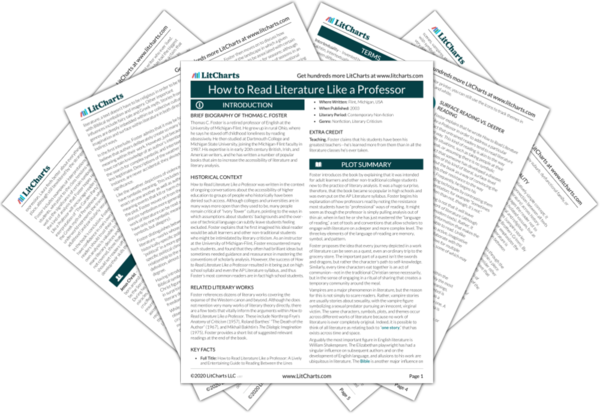Geography has the power to create particular atmospheres and to shape characters. The idea of “home” can be magnetic, elusive, or suffocating, and many characters travel to either find it or escape it. Geography can even be a character, such as the Vietnamese village in Tim O’Brien’s
Going After Cacciato, which becomes a kind of enemy figure to the American soldiers. Geography also instigates plot momentum; in E.M. Forster’s
A Room With a View (1908) and
A Passage to India (1924), the disconnect between the characters and the setting they are in creates action that propels the story forward.
